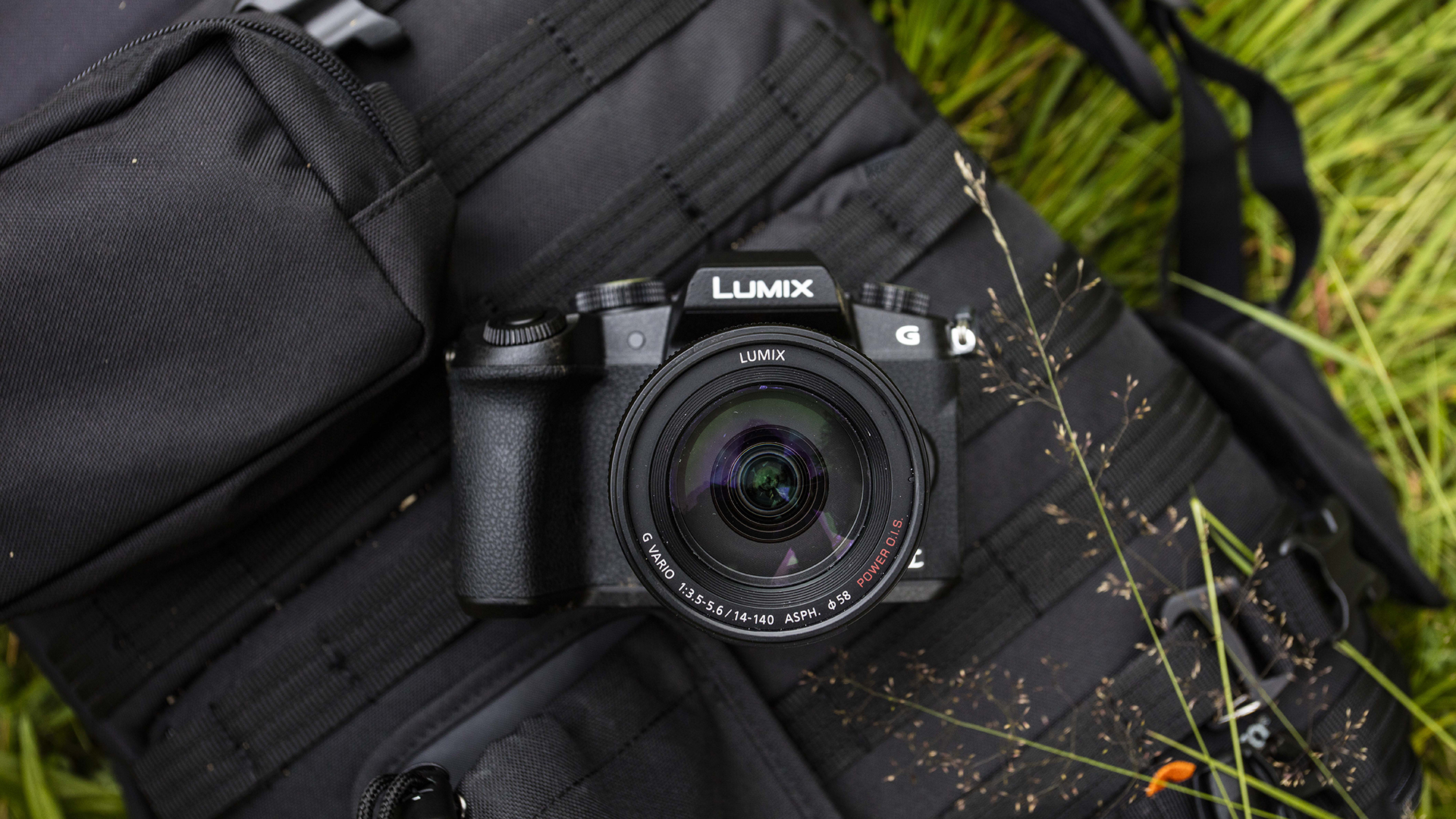Why you can trust TechRadar
Verdict
The Panasonic Lumix G80 may not be the most radical upgrade we’ve seen in recent times, but there’s still an awful lot to like about it.
Perhaps most importantly, the core of what the camera offers is strong. Autofocus is very good, whether you’re using it for static or moving subjects, and processing speeds are fast, while the image stabilisation system is very effective whether you’re recording stills or movies. The fact that you can use sensor-based stabilisation on its own, albeit to a lesser advantage than with a stabilised lens, is also a bonus for lenses that lacks their own systems.
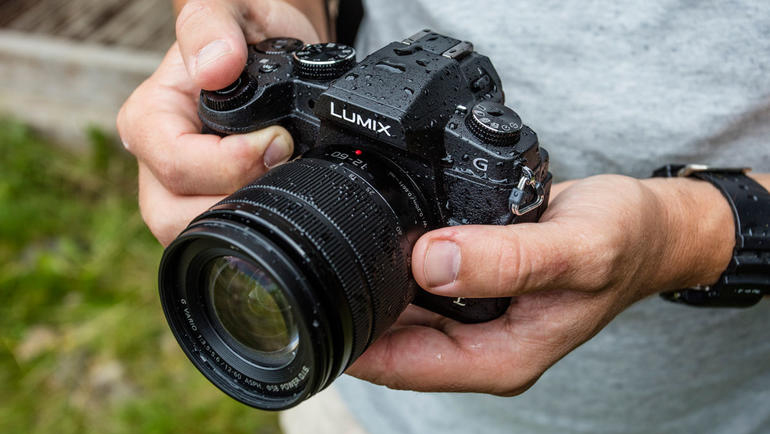
Image quality is generally very good, with the removal of the low-pass filter making a positive difference overall, and this is matched by strong 4K video quality, with plenty of video-related options. Together with a great EVF and LCD partnership, plenty of options over customisation and a broad range of compatible lenses, the G80 is a smash on a number of levels.
That’s not to say there aren’t areas for improvement. Some may prefer a model that feels sturdier in the hands, but perhaps the main gripe is with the design of the G80's controls, which make the camera slightly less convenient to operate than it needs to be. To some extent this also applies to aspects of the GUI, which follows many previous Panasonic models in being overburdened with options. This is also a camera that performs at its best once you’ve got acquainted with it and have worked out how best to customise particular options.
It does, however, have one significant advantage in the marketplace. Many of its rivals are showing their age somewhat, and typically can’t offer quite the same in terms of high-quality 4K video, excellent AF performance and a wealth of options over how the camera can behave. No doubt at some point its competitors will catch up, but at least for now the G80 is an impressive addition to the mirrorless market.
Competition
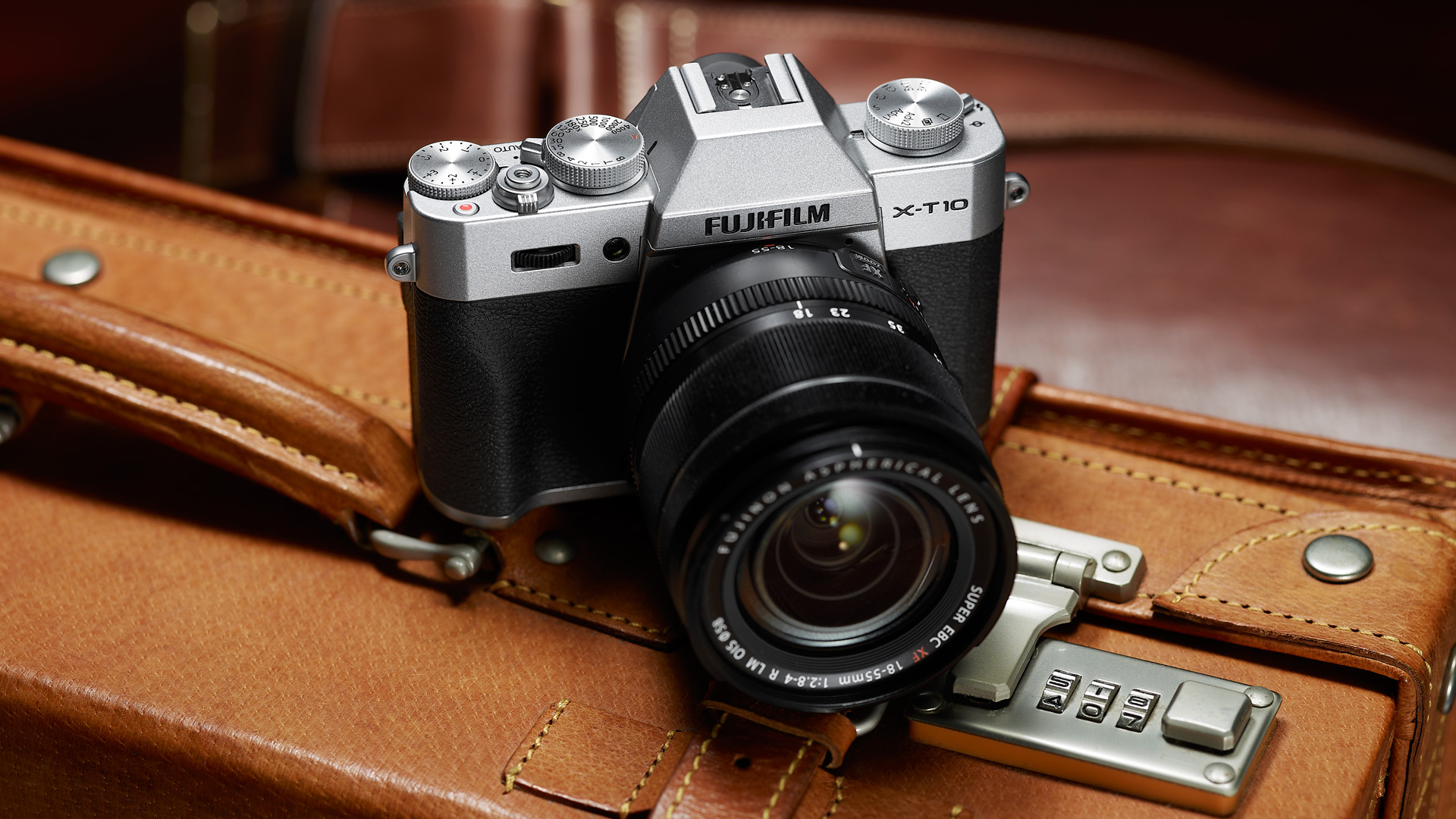
Fuji X-T10
The X-T10 sports a decidedly more retro design than the G80, although its grip and centrally-positioned viewfinder mean it’s likely to appeal to a similar type of user. Like the G80 it’s also based around a 16MP sensor (although here a slightly larger APS-C type), and also makes use of magnesium in its construction, although it lacks a touchscreen and weather sealing, and doesn’t quite stretch to 4K video record, topping out at Full HD. Still, its compatibility with Fujifilm's acclaimed X-series lenses and range of Film Simulation modes mean it’s got plenty going for it.
Read the full review: Fuji X-T10
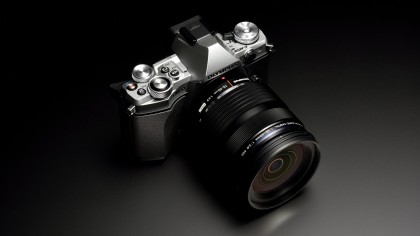
Olympus OM-D E-M5 Mark II
Another Micro Four Thirds camera to use a 16MP sensor, the E-M5 Mark II also comes with the benefit of a sensor-based, five-axis image stabilisation system, free-angle touchscreen LCD, built-in Wi-Fi and compatibility with the same Micro Four Thirds optics. Like the X-T10, video recording only stretches to Full HD, and the provided flash is a separate hot shoe-mounted unit rather than an integrated type like on the G80, although the 40MP multi-exposure mode allows you to get images with excellent resolution when using a tripod.
Read the full review: Olympus OM-D E-M5 Mark II
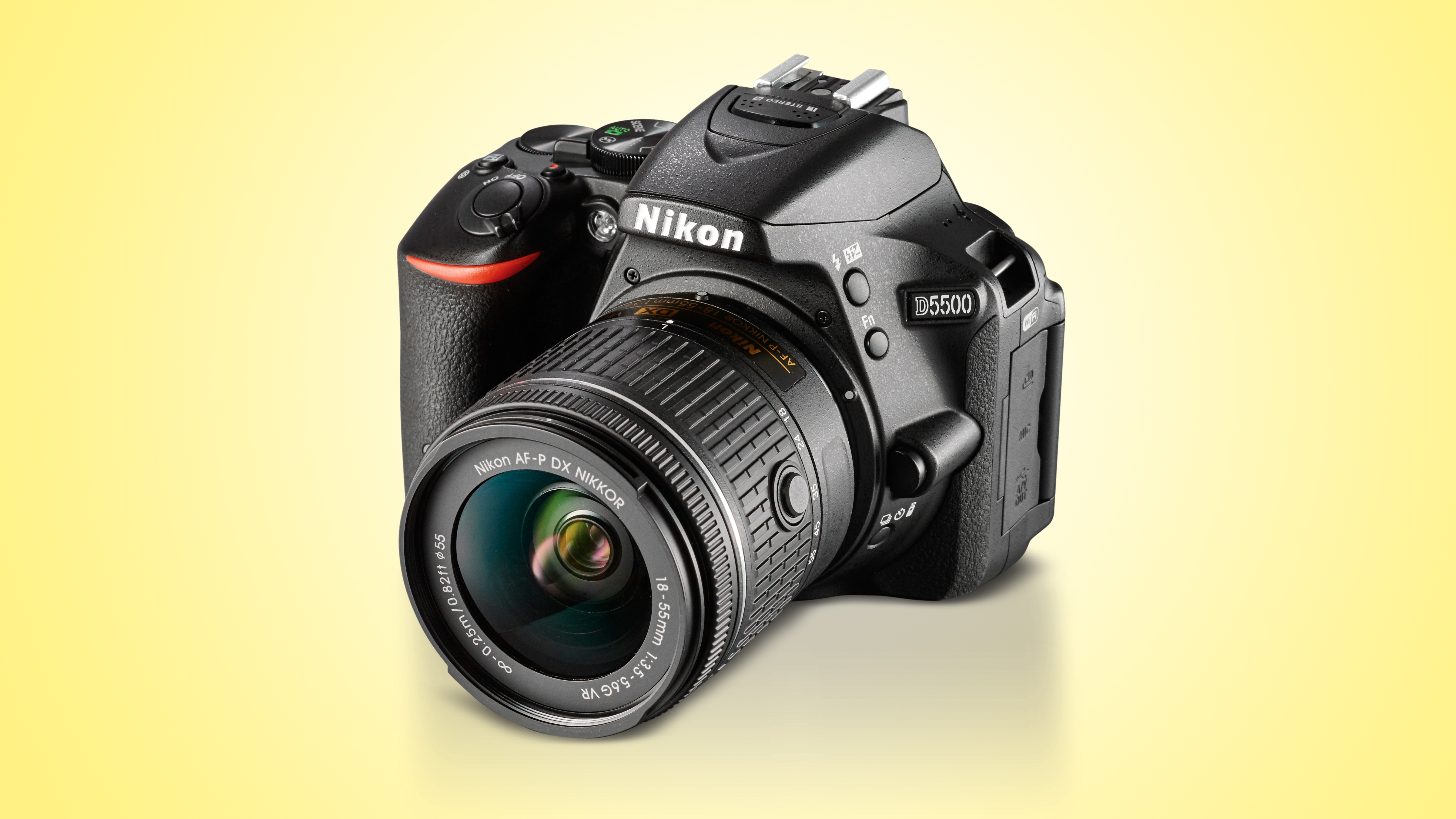
Nikon D5500
The D5500 isn't a mirrorless camera like the G80, although the two otherwise have much more in common than you might think, which makes them logical competitors. The similarities include a sensor that lacks an optical low-pass filter, a fully articulating touchscreen on the rear, Wi-Fi, and a sensitivity range from ISO100 to 25,600. The D5600 actually has a handful of advantages over the G80, such as a larger and higher-resolution sensor (24.2MP) and compatibility with a broader range of lenses in the shape of the Nikkor range, although it doesn’t quite match the G80 for 4K video resolution or related video functionality.
Read the full review: Nikon D5500
